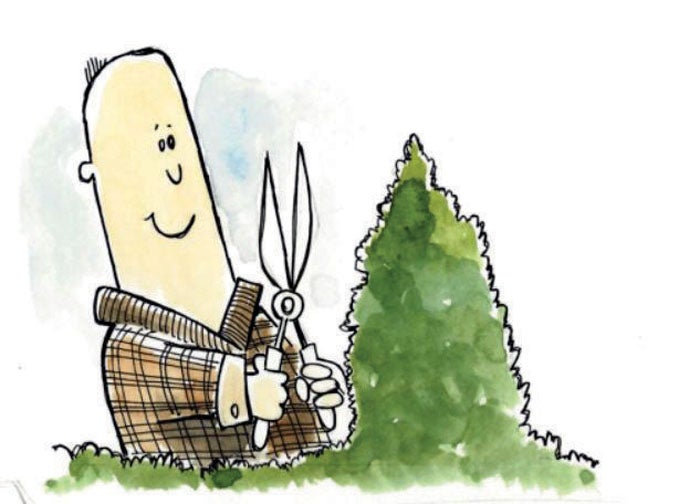Darrell Blackwelder: Light pruning can be done year-round
Published 12:00 am Saturday, October 1, 2022

- Illustration by Mark Brincefield, for the Salisbury Post
Pruning can still be done. Contrary to popular belief, pruning can be done year-round. Light, judicious pruning in the fall does not kill plants and is often needed to control straggly and overgrown summer growth on trees and shrubs. But be advised — spring flowering shrubs such as azaleas and rhododendron will sparsely bloom or not at all if heavily pruned in the fall. Low-lying tree limbs can be removed to give easy access to mowing and other yard chores. Pruning maple and birch trees still in leaf in the fall is actually the best time to prune these species. These tree species tend to bleed severely when pruned in late winter or in the spring. Severely pruning evergreen hedges such as holly, crape myrtle and boxwoods should be done in late March. Severe pruning in the fall often places plants at risk for damage from late winter and early spring extremely cold weather. Prune back tall roses, but not as severely as in March to keep winter winds from damaging plants. A frequent question is the necessity of applying pruning paint to fresh cuts on trees. There is actually no advantage of using pruning paints on pruned cuts. Research has shown that using paint may actually risk fungi formation between the paint and wood itself causing decay in future growth.
Darrell Blackwelder is the retired horticulture agent and director with the North Carolina Cooperative Extension Service in Rowan County. Contact him at deblackw@ncsu.edu.



